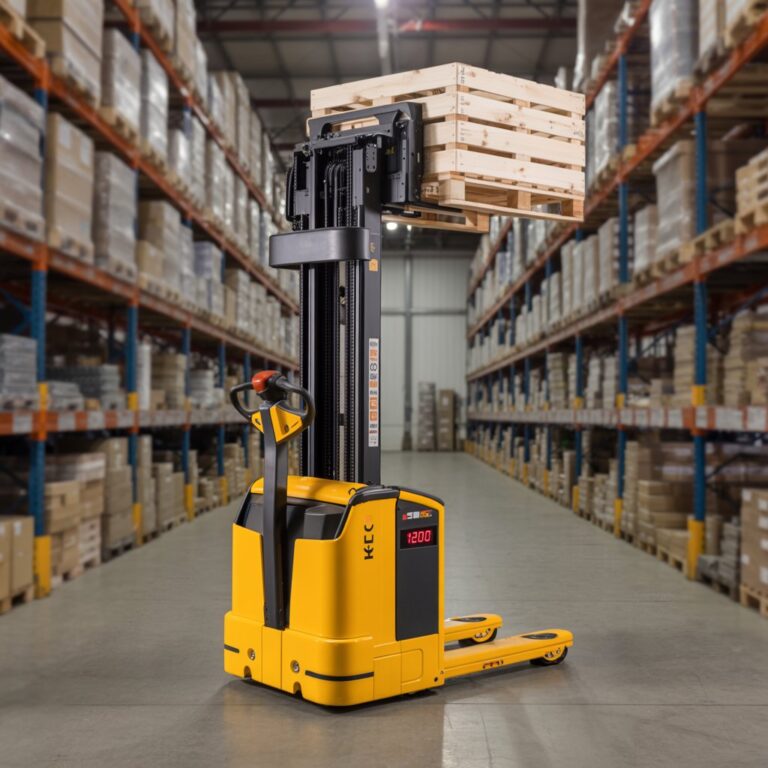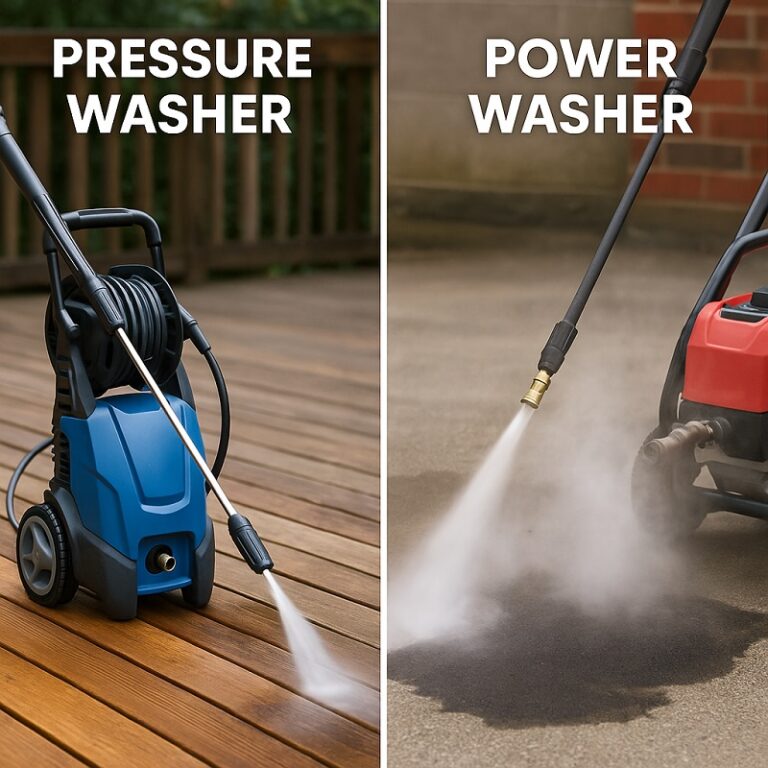Your lawnmower’s cutting ability is more than just sharp blades. One of the most important – yet often overlooked – parts is the belt that powers those blades. Over time wear and tear can cause problems, resulting in frustrating mowing and potentially damaging your equipment.
What Does a Mower Deck Belt Do?
The mower deck belt transfers power from the engine to the cutting blades under the mower deck. As the engine runs this belt loops around a series of pulleys and causes the blades to spin and cut the grass. Without a good belt your mower won’t cut evenly – or at all. Because it’s under constant tension and friction this part is prone to wear especially in dusty or debris filled environments. A failing mower deck belt can cause reduced cutting power, slippage or complete blade disengagement.
Common Wear and Tear Signs
1. Cracking
The first sign of belt wear is visible cracking on the surface. These small cracks appear as the rubber ages and dries out, especially if you store your mower in hot or dry conditions. Even minor cracking can lead to belt failure under load.
2. Fraying or Tearing
If you see loose threads, torn edges or exposed inner cords, your belt is fraying. This is usually from contact with sharp debris or pulley misalignment. Frayed belts may still work temporarily but are structurally compromised and should be replaced ASAP.
3. Slipping
A slipping belt will cause your blades to engage slowly or not at all. You may also hear a squealing noise when engaging the blades. Slipping occurs when the belt is stretched, loses tension or the pulleys are worn or misaligned.
4. Unusual Noises
Lawnmowers are never quiet, but certain sounds mean trouble. Listen for squeaking, grinding or knocking noises while mowing. These mean the belt is rubbing against other parts, has slipped off track or is breaking down internally.
5. Glazing or Burn Marks (Optional but Handy)
A shiny, hard surface on the belt (glazing) means the belt is slipping and overheating. This reduces friction and effectiveness, leading to more slippage and blade performance issues.
How to Inspect Your Mower Deck Belt
Before inspecting, always turn off your mower and remove the spark plug for safety. Use a flashlight to look under the deck. Look for visible cracks, fraying or looseness. Rotate the pulleys to make sure they move smoothly and press gently on the belt. A properly tensioned belt should be firm with some give, not floppy or too tight.
When to Replace the Belt
Mower deck belts last one to three seasons depending on usage and maintenance. If you see any of the above symptoms, especially repeated slipping or fraying, it’s time to replace. Always refer to your owner’s manual for the correct belt part number and type. Using the wrong size will worsen performance and cause more damage.
Maintenance Tips
- Clean your mower deck after every use to reduce debris buildup.
- Store the mower in a cool, dry place to prevent rubber deterioration.
- Check belts every month during mowing season.
- Don’t overload your mower or mow in wet, heavy conditions.




